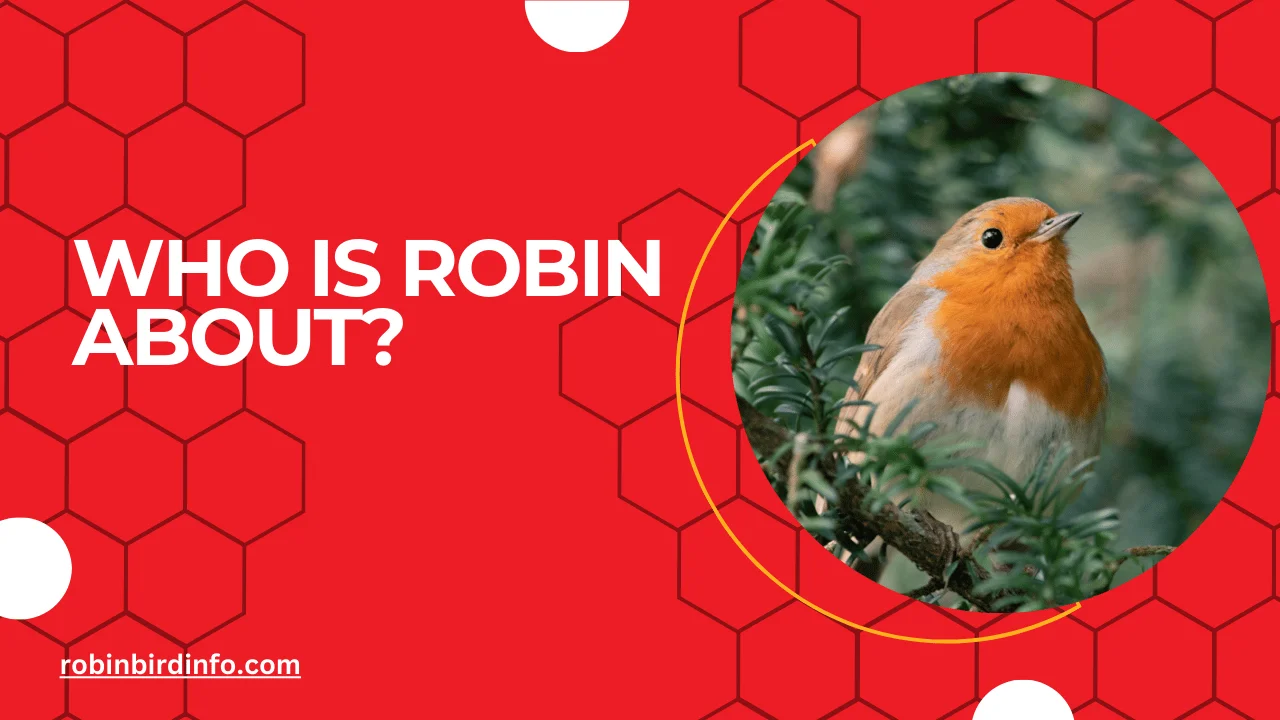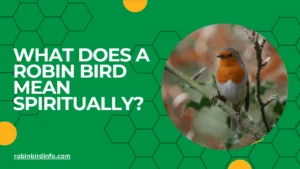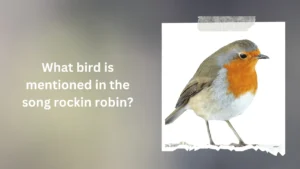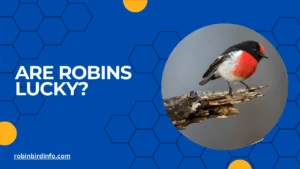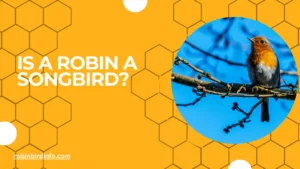The cheerful melody that greets you each morning, the flash of red that catches your eye as you tend your garden – Robins are familiar feathered friends that grace our backyards.
But have you ever stopped to ponder, “Who is Robin, really?” This seemingly simple name holds layers of meaning, reaching beyond the friendly songbird we know.
This blog post is your springboard to delve deeper into the world of “Robin.” We’ll embark on a fascinating journey, exploring two distinct interpretations of this name.
First, we’ll uncover the legendary Robin Hood, the iconic figure of folklore who embodies rebellion and social justice. Then, we’ll turn our attention to the American Robin, the beloved bird that brings a touch of nature to our everyday lives.
Prepare to be surprised! You might discover unexpected connections between the legendary hero and the feathered resident of your backyard. So, grab a metaphorical cup of tea and settle in – we’re about to unveil the multifaceted story behind the name “Robin.”
Contents
Section 1: Physical Characteristics
Plumage: Male Robins are easily recognizable by their bright red breast. Female Robins, on the other hand, have a more subdued brown-orange breast. Both sexes have a dark head and back, and a white belly.
Size and Shape: Robins are small to medium-sized birds, typically around 8-10 inches in length. They have a compact body, a short, pointed beak, and a long, tapered tail.
Section 2: Behavior and Habitat
Foraging: Robins are omnivorous, meaning they eat both plant and animal matter. They are often seen foraging on the ground, flipping over leaves and rocks to find insects, worms, and berries. They also catch flying insects in mid-air.
Migration: Many Robin populations migrate south for the winter, while others remain resident in milder climates. The timing and distance of migration can vary depending on geographic location and weather conditions.
Nesting and Breeding: Robins typically build their nests in trees, shrubs, or on buildings. The female lays 3-4 pale blue eggs, which are incubated by both parents. After hatching, both parents care for the young, feeding them with insects.
Section 3: Ecological Significance
Seed Dispersal: Robins play a vital role in seed dispersal. They consume fruits and berries, and then disperse the seeds through their droppings, helping to regenerate forests and other ecosystems.
Insect Control: Robins are important predators of insects, particularly during the breeding season when they feed large quantities of insects to their young. This helps to control insect populations and maintain ecological balance.
Section 4: Cultural Significance
Symbolism: Robins are often seen as symbols of spring and new beginnings. They are frequently featured in literature, art, and music.
Conservation Efforts: It’s important to protect Robin populations and their habitats. Conservation efforts include habitat preservation, reducing pesticide use, and providing bird-friendly landscapes.
Section 5: Misconceptions and Fun Facts
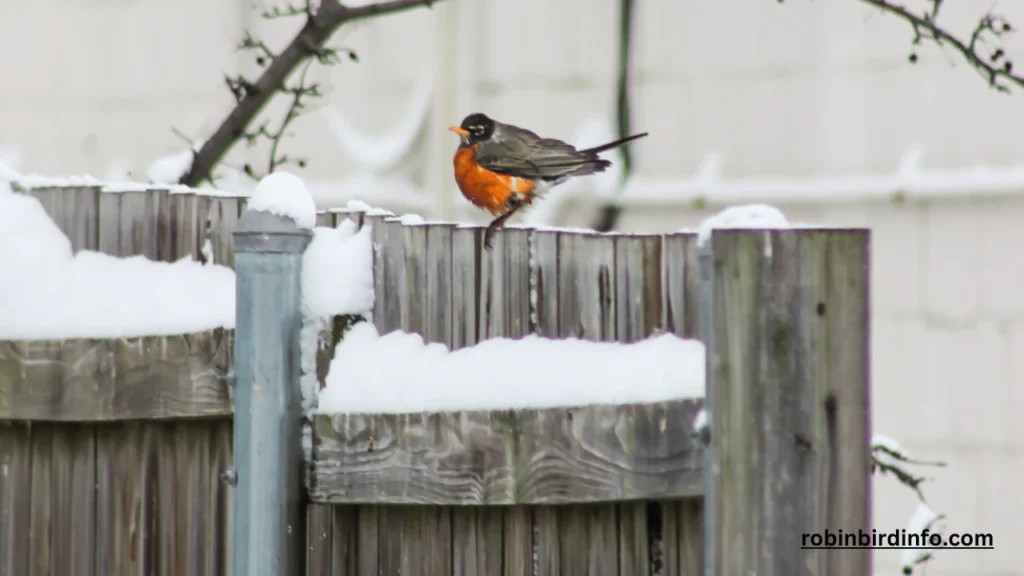
Common Misconceptions: One common misconception is that all Robins have a red breast. Only male Robins have this distinctive plumage.
Interesting Facts:
- Robins can mimic the calls of other birds.
- They are early risers and often sing at dawn.
- Robins are territorial and will defend their nesting sites aggressively.
Conclusion
The American Robin is a beloved bird that brings joy to many people.
By understanding their physical characteristics, behavior, and ecological significance, we can appreciate these birds even more. By taking steps to protect their habitats and reduce threats, we can help ensure the survival of Robin populations for generations to come.
FAQ’s
Why do male Robins have red breasts?
The bright red breast of male Robins is a sexually selected trait. It helps them attract mates and defend territory.
Do female Robins migrate?
Yes, both male and female Robins migrate to warmer climates during the winter months.
What do Robins eat in the winter?
In the winter, Robins primarily eat fruits and berries, such as berries from holly bushes and crabapple trees.
Do Robins build their own nests?
Yes, both male and female Robins work together to build their nests. They use a variety of materials, including twigs, grass, and mud.
How long is the incubation period for Robin eggs?
The incubation period for Robin eggs is typically around 12-14 days. Both male and female Robins take turns incubating the eggs.
How can I attract Robins to my backyard?
To attract Robins to your backyard, you can provide food sources like birdseed, mealworms, and fresh fruit. You can also create a bird-friendly environment by planting native plants, offering clean water sources, and providing nesting sites.

